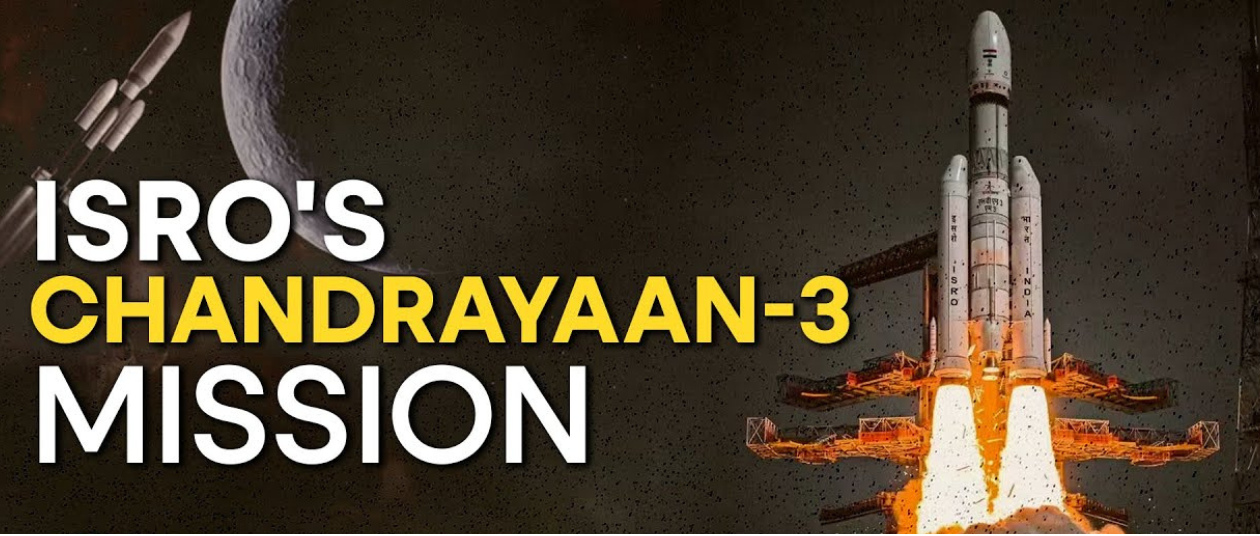India is fully prepared to launch its third mission to the Moon, aiming to achieve what its predecessors couldn’t. The objective of the mission is to accomplish a ‘safe landing and roaming on the lunar surface’ – a feat that’s primed and ready. A successful soft landing would make India the fourth country after the United States, Russia, and China to achieve this milestone. This position has been vacant since 2022 after mishaps during Israel and India’s missions, and the failure of Japan’s lander-rover and the UAE’s rover-carrying spacecraft.
ISRO shares images of moon captured by Chandrayaan-3 lander camera

On Thursday, the lander module of the Chandrayaan-3 mission detached from the propulsion module. The Indian Space Research Organisation (ISRO) promptly shared a video compilation on Friday, featuring images captured by Lander Imager Camera-1 right after the separation.
As a result of this carefully executed detachment maneuver, the lander module smoothly transitioned into a lunar orbit, gracefully maintaining a separation of around 10 kilometers.
The ambitious journey began on July 14, initiated from the Sathish Dhawan Space Center in Sriharikota.Following various maneuvers in Earth’s orbit, it successfully entered the Moon’s orbit on August 5. Later on August 6, 9, and 14, while circling the Moon, it underwent some orbit reduction maneuvers. The next step involves the fifth and final lunar-bound maneuver.
In the space odyssey, the inaugural lunar rocket, Chandrayaan-1, embarked on its journey in 2008, skillfully navigating its way to be triumphantly positioned along the celestial lunar path. While Chandrayaan 3 shares the same ideal, scientists from the Indian Space Research Organization( ISRO) have learned from formerly operations. Following a series of tests, advancements were made to the lander’s design to address challenges analogous as difficulties in reaching the levee point, failures in electronics or sensors, devilish speed, and more, considering different scripts.





